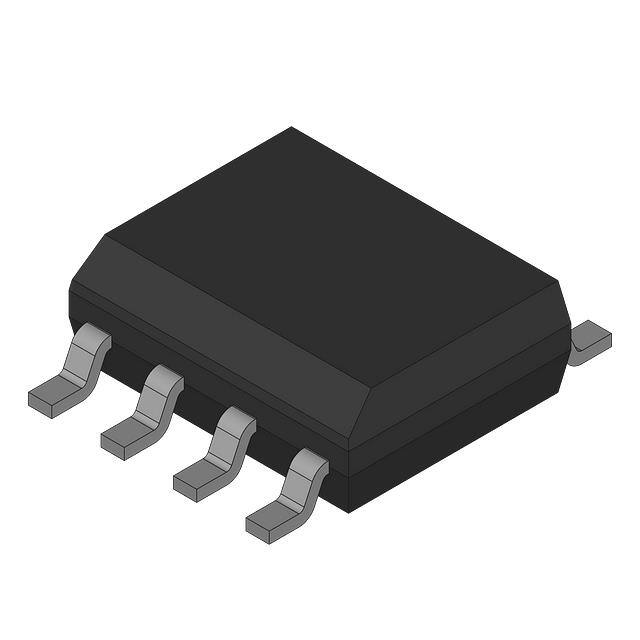Modern Pool Thermometer Development Solution
In modern pool management, water temperature monitoring is a key factor in ensuring user comfort and water quality safety. In order to achieve efficient and accurate pool temperature measurement, it is particularly important to develop a temperature meter with integrated Wi-Fi function. This article will discuss how to choose the right Wi-Fi 5GHz chip and how to design and implement this device.
1. The Importance of Temperature Measurement
The water temperature of the pool directly affects the swimming experience. The right water temperature not only improves comfort, but also inhibits bacterial growth and maintains water quality. Therefore, developing an efficient temperature meter or a wireless digital pool thermometer that can monitor and adjust the pool water temperature in real time is an important measure to ensure the health of the pool environment.
2. Choose the right Wi-Fi 5GHz chip
Digital pool thermometers are basically used in modern pool designs. When designing a pool temperature meter, it is key to choose a chip that supports 5GHz Wi-Fi. The 5GHz band has less interference and faster transmission speed than the 2.4GHz band, which is suitable for real-time data transmission. Here are a few recommended chips:
Espressif ESP32
Features: Integrated Wi-Fi and Bluetooth, supports 802.11 b/g/n, and has a dual-core processor.
Advantages: Rich development resources and community support, suitable for rapid prototyping, and can transmit temperature data in real time via Wi-Fi.
Qualcomm QCA9880
Features: Supports 802.11ac and has MU-MIMO technology.
Advantages: Suitable for high-traffic applications, can stably handle the connection of multiple devices, and ensure stable transmission of temperature data.
Broadcom BCM4360
Features: Supports 802.11ac and Bluetooth 4.1, suitable for home and commercial smart devices.
Advantages: Good RF performance and low power consumption, suitable for long-term monitoring in swimming pool environments.
MediaTek MT7615
Features: Supports 802.11ac and MU-MIMO, designed for high-speed data transmission.
Advantages: Able to quickly upload temperature data for real-time monitoring.
Realtek RTL8822CU
Features: Supports dual-band Wi-Fi, including 5GHz.
Advantages: Cost-effective, easy to integrate, suitable for developing temperature monitoring systems.
3. System Design and Implementation
Hardware Design
Sensor Interface: According to the selected temperature sensor (such as DS18B20 or LM35), design the corresponding interface circuit to ensure compatibility with the microcontroller.
Power Management: Considering the particularity of the swimming pool environment, design a waterproof shell protection circuit to ensure the durability of the equipment.
Software Development
Data Acquisition: Use the selected microcontroller to write a program to read the data of the temperature sensor regularly.
Data Processing: Filter and average the collected data to improve the measurement accuracy.
Display and Output: Display the current water temperature through LCD, and upload the data to the cloud via Wi-Fi for remote monitoring.
System Testing and Optimization
Test in the actual swimming pool environment, evaluate the measurement accuracy and response speed, and make necessary adjustments based on the results.
5. Future Development and Application
With the development of Internet of Things technology, future swimming pool temperature meters will achieve smarter monitoring and management. By integrating with the smart home system, users can check the water temperature in real time through their mobile phones and perform remote control. In addition, combined with AI technology, the system can analyze historical data, automatically optimize the water temperature setting, and improve the user experience.
So,Choosing the right Wi-Fi 5GHz chip is crucial to the development of a swimming pool thermometer. Through a reasonable combination of hardware and software, efficient and accurate temperature monitoring can be achieved, providing users with a better swimming pool experience. In the future, with the advancement of technology, such devices will continue to develop and provide more intelligent solutions for swimming pool management. Whether it is a home swimming pool or a commercial swimming pool, the application of a thermometer will significantly improve the safety and comfort of the swimming pool.


